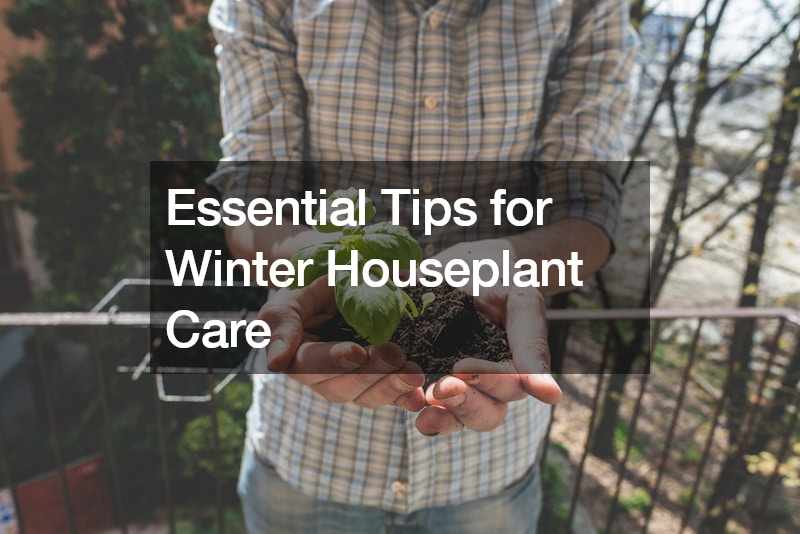As the cold months approach, ensuring your houseplants thrive can be a challenge. Winter conditions can be harsh, but with the right care, your indoor greenery can flourish year-round. Here are some essential tips for winter houseplant care, including considerations for what to plant in the winter to maintain a vibrant indoor garden.
Light Management
During winter, natural light diminishes, and days become shorter. Houseplants need adequate light to photosynthesize and stay healthy.
Move your plants closer to windows where they can get the most sunlight, ideally south-facing windows. If natural light is insufficient, consider using artificial grow lights to supplement. LED grow lights are energy-efficient and effective in providing the necessary spectrum of light.
Water Wisely
Overwatering is a common issue in winter as plants’ growth slows and they require less water. Check the soil moisture before watering; the top inch of soil should be dry to the touch. Use room-temperature water to avoid shocking the roots, and ensure that pots have good drainage to prevent waterlogging, which can lead to root rot.
Maintain Humidity
Indoor air can become quite dry in winter due to heating systems. Many houseplants, especially tropical varieties, thrive in higher humidity. Increase humidity by placing a humidifier near your plants, grouping plants together, or placing pots on trays filled with water and pebbles. Misting leaves can also help, but it’s not as effective as other methods.
Temperature Control
Houseplants generally prefer stable temperatures. Keep them away from cold drafts, such as near windows or doors, and avoid placing them near heating vents that can cause hot, dry air. Most houseplants thrive in temperatures between 60-75°F (15-24°C). At night, when temperatures drop, make sure your plants are not exposed to the cold air from windows.
Fertilizing

During winter, most houseplants enter a period of dormancy or slow growth, reducing their need for fertilizers. Over-fertilizing can lead to salt buildup in the soil, which can harm the plants. Reduce or stop fertilizing during the winter months and resume feeding in the spring when growth picks up.
Pest Prevention
Winter can bring about pest problems as indoor conditions can be ideal for pests like spider mites and aphids. Regularly inspect your plants for any signs of pests and treat infestations promptly. Washing leaves with mild soapy water or using insecticidal soap can help manage pests.
What to Plant in the Winter
If you’re considering adding new plants to your indoor garden, choose varieties that can adapt well to winter conditions. Some plants, like succulents and cacti, require less light and water, making them ideal choices for the winter months. Herbs like rosemary, thyme, and mint can also do well indoors during winter and provide fresh flavors for your cooking. Knowing what to plant in the winter can help you maintain a lush, thriving indoor garden even in the coldest months.
With these essential tips, your indoor garden can remain vibrant and healthy throughout the winter season.
